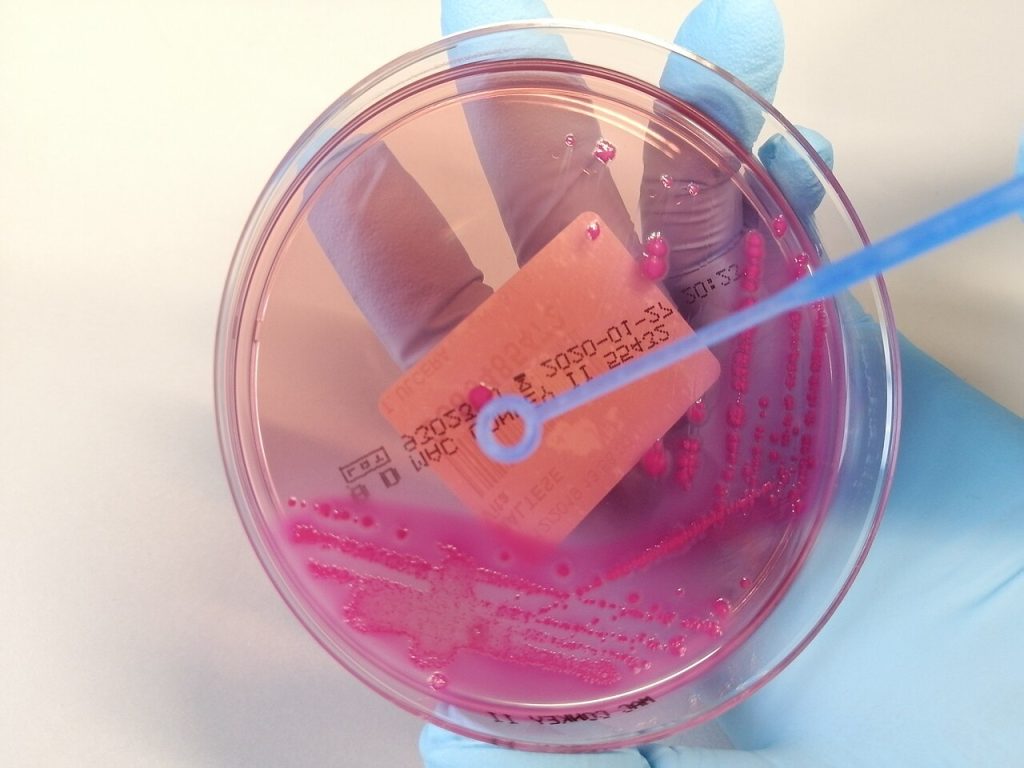As humanity sets its sights on establishing a permanent presence on the Moon, the challenges of construction in such an inhospitable environment become increasingly apparent. Traditional building materials are impractical to transport from Earth due to exorbitant costs and logistical constraints. Consequently, scientists are exploring innovative methods to utilize in-situ resources, leading to groundbreaking research involving the bacterium Sporosarcina pasteurii for fabricating and repairing lunar structures.
The Moon’s surface is blanketed with regolith—a layer of loose, fragmented material resulting from eons of meteoroid impacts. This regolith presents a readily available resource for construction, provided effective means to bind it can be developed. Researchers at the Indian Institute of Science (IISc) have pioneered a technique leveraging S. pasteurii, a soil bacterium known for its ability to induce biomineralization. This microorganism facilitates the conversion of urea and calcium into calcium carbonate crystals, effectively cementing regolith particles together. When combined with guar gum, extracted from guar beans, the mixture yields sturdy bricks suitable for construction purposes .
While initial experiments demonstrated the feasibility of creating these biobricks, concerns remained regarding their durability under the Moon’s extreme conditions. Lunar temperatures can oscillate dramatically between approximately 121°C (250°F) during the day and -133°C (-208°F) at night. Such thermal cycling, coupled with exposure to micrometeorite impacts and cosmic radiation, poses significant risks of structural degradation over time. To address these challenges, the IISc team explored sintering—a process involving the heating of regolith mixed with polyvinyl alcohol to high temperatures—to produce more robust bricks. Although sintered bricks exhibited enhanced strength, their brittleness rendered them susceptible to cracking under lunar stresses .
Recognizing the necessity for an in-situ repair mechanism, the researchers revisited the application of S. pasteurii, this time focusing on its potential to mend structural damage. They introduced a slurry composed of the bacterium, guar gum, and regolith simulant into artificially induced cracks and cavities within sintered bricks. Over several days, the bacteria facilitated the formation of calcium carbonate, effectively sealing the fissures and restoring a significant portion of the bricks’ original compressive strength. This self-healing approach offers a promising solution to maintain the integrity of lunar habitats without the need for Earth-supplied repair materials .
However, the practicality of employing S. pasteurii on the Moon hinges on its viability in extraterrestrial conditions. The lunar environment presents unique challenges, including reduced gravity, high radiation levels, and the absence of a protective atmosphere. To assess the bacterium’s resilience, the IISc team proposes sending samples aboard India’s forthcoming Gaganyaan mission—the nation’s inaugural crewed spaceflight. This experiment aims to evaluate whether S. pasteurii can survive and function effectively in space, thereby determining its suitability for lunar construction applications .
Incorporating biological systems into extraterrestrial construction not only exemplifies the innovative spirit driving space exploration but also underscores the importance of sustainable practices. By harnessing the natural capabilities of microorganisms, we can reduce reliance on Earth-bound resources, minimize costs, and enhance the feasibility of long-term lunar habitation. As research progresses, the fusion of biology and engineering may well pave the way for resilient and self-sustaining structures on the Moon and beyond.


